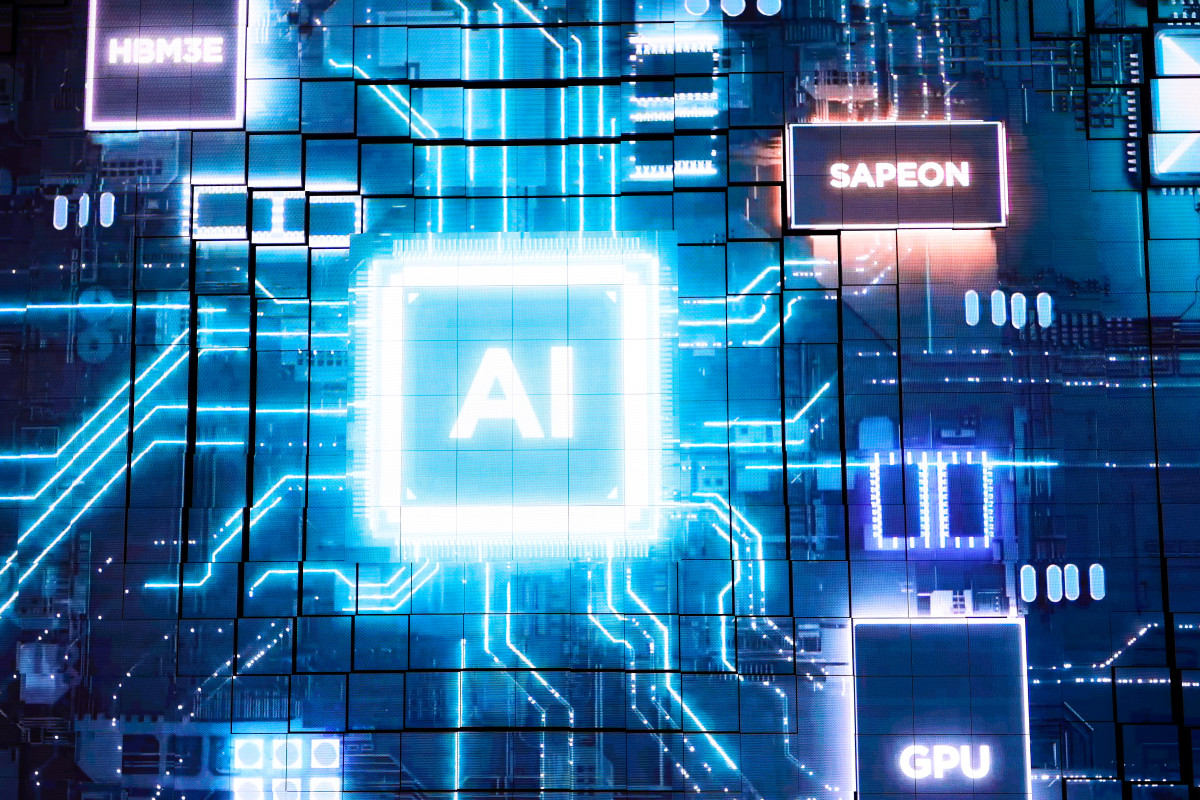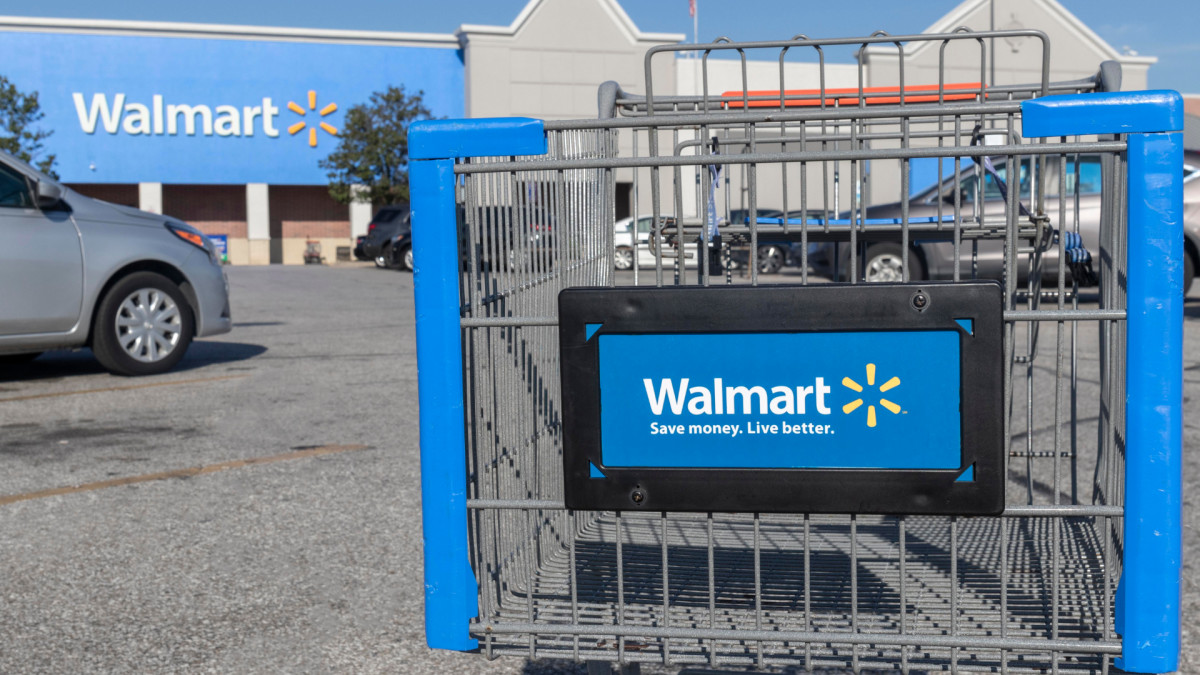Analysts warn of status quo bias with AI in the workplace
Ronald Reagan once said “status quo” was Latin for “the mess we’re in.” We certainly don’t want to gripe with the Gipper, but status quo actually means “the state in which.” The former president did have a point, however, about the drawbacks of staying with the existing situation. In 1988 the ...

Ronald Reagan once said “status quo” was Latin for “the mess we’re in.”
We certainly don’t want to gripe with the Gipper, but status quo actually means “the state in which.” The former president did have a point, however, about the drawbacks of staying with the existing situation.
In 1988 the researchers William Samuelson and Richard Zeckhauser coined the term “status quo bias” to describe the emotional preference for the current state of affairs, and the resistance to change — even when a potentially better alternative is available.
“Status quo bias is a cognitive bias based in emotion,” the Wharton School of Business said in an Executive Education post. “Change naturally invites risk, and people may be uncomfortable putting themselves in situations where the outcome is uncertain. “
This tendency toward the devil you know, Wharton said, can have "a considerable effect on how people behave in virtually any aspect of life.”
Status quo bias can also hinder the growth trajectory of a business. If executives and managers aren’t willing to take risks that could broadly benefit a business, Wharton said, the company could stagnate. NurPhoto/Getty Images
Status quo bias can also hurt employees
Status quo bias also plays a role in an employee’s ability to adapt to new processes and procedures. Such an approach "plays a role in an employee’s ability to adapt to new processes and procedures.”
More Tech Stocks:
- As Palantir rolls on, rivals are worth a second look
- Nvidia’s next big thing could be flying cars
- Cathie Wood sells $21.4 million of surging AI stocks
One of the best ways to reduce status quo bias is to simply acknowledge it when it happens. Whenever a new change is proposed at work, companies should pay attention to how they react, Wharton advises.
“Are you hesitant?” the study said. “If so, why? Getting to the root of your concerns can help you determine if status quo bias is playing a role.”
These days artificial intelligence has been blowing the socks off the status quo — and the bias is coming in right behind it.
A survey by the New York IT-infrastructure-services company Kyndryl found that despite even as AI is widely implemented, 71% of business leaders say their workforces are not yet ready to harness the technology's full potential.
More than half report their organizations lack the skilled talent to manage AI, and yet CEOs and their tech leaders aren’t aligned on how to solve the challenge.
“Tech executives are far more focused" on building skills in their existing workforces in the technology (80%), "while more than 4 in 10 CEOs are prioritizing hiring external talent to get those skills.”
Even more telling, Kyndryl said, 45% of CEOs said their employees still actively resist the technology.
Employees express worries about AI
“This dissonance reveals critical fault lines in the AI transformation narrative — ones that sit not in code or compute but in the culture and capabilities of the workforce,” the company said.
At a moment when businesses are racing to seize the benefits of AI, Kyndryl said, “the real differentiator is not just who is using technology but how they are using it, and whether their people are ready to run with it.”
Related: Autonomous aircraft starting to take off
Employee reactions to AI have been mixed.
A Pew Research Center study found that half the workers surveyed were worried about the impact of AI use in the office, while 32% say it will lead to fewer job opportunities for them in the long run.
Only 6% of workers say workplace AI use will lead to more job opportunities for them long term. Roughly a third of the respondents said it would lead to fewer opportunities for them, while 31% said it will not make much difference.
Management consultant McKinsey also said in a recent report that status quo bias and inertia were quiet forces blocking organizations’ progress with generative AI.
Status quo bias can cause people to "overindex" the risks of adopting generative AI tools — as in “the robots will replace me” — and "underindex" the risks of inertia, the firm said.
“Despite their best intentions, executives fall prey to cognitive and organizational biases that get in the way of good decision-making,” McKinsey said.
The firm said that one method for overcoming the cognitive trap is to reframe the choice as one between standing still to suffer potential losses and moving forward to reap potential rewards.
In addition, companies can include adopting new tools as their default position, McKinsey said, “using leader and peer models to encourage behavioral change and raising awareness of how dramatically the status quo is changing in the wider world.”
Related: AI disrupts the job market, not (yet) in a big way
What's Your Reaction?





















































